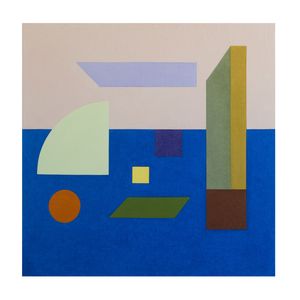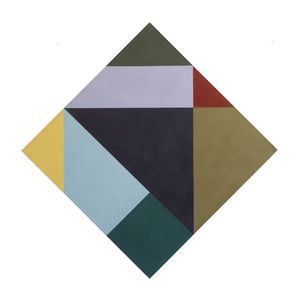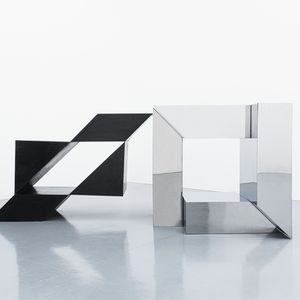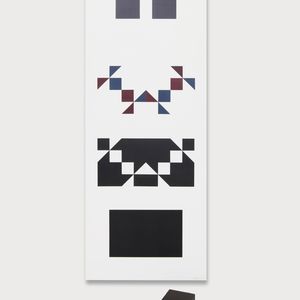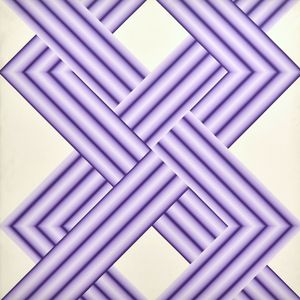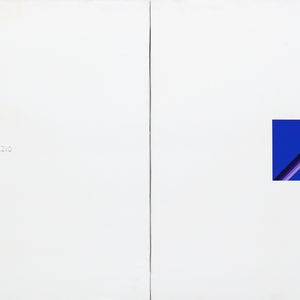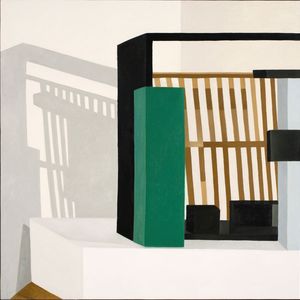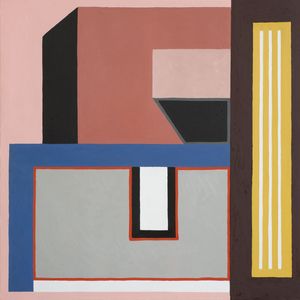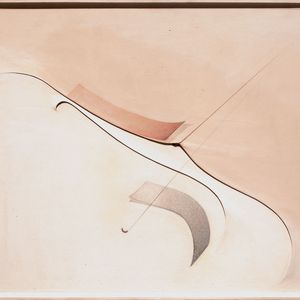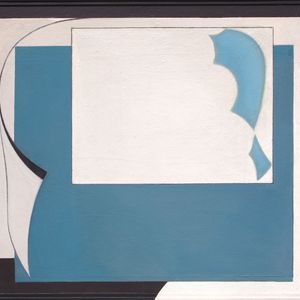Under the sign of geometry, the artists of the neo-avant-garde renewed the spirit of research of the historical avant-garde by building worlds based on the more or less rigid laws of mathematics and geometry. In his essay Lo spirituale nell’arte (Concerning the Spiritual in Art), Wassily Kandinsky emphasises the empathic value of forms and colours, assigning to red, for example, a role of emotional intensity, and to blue a certain inner depth. He also speaks of the original sound: the point is the first sign, the original, and the square is its extension, just as the lines produce a figure. This search for geometry takes on different nuances in the course of time, more or less in accordance with the lyrical spirit of the father of abstraction. In her abstract phase, Carol Rama bridges the experience of reality, which is still palpable in her allusive paintings, with the more geometric, and brings forth a poetry of forms derived from the sensitive experience of the world.
The abstract works of the second half of the twentieth century, which follow a formalist line, emerged as an extension of the research into geometric abstraction of the 1930s and 1950s, creating compositions with a predominantly orthogonal format, making particular use of the horizontal figure as a functional element in the realisation of architectural themes captured in abstract geometric images. In addition to creating forms that have a certain structural and spatial dimension, some artists, such as Natalie Du Pasquier, Chung Eun Mo, but also Fausta Squatriti, conceived the painting as a fragment of the reality as whole, which can be extended beyond the dimension of the work into space. On the other hand, analytical painters such as Fernanda Fedi and Tilde Poli look for geometrical solutions that make us think about the objective nature of the work, which is presented as a self-contained mode, devoid of any reference to reality because it is only subject to the logic of art.
Geometry
Gallery
